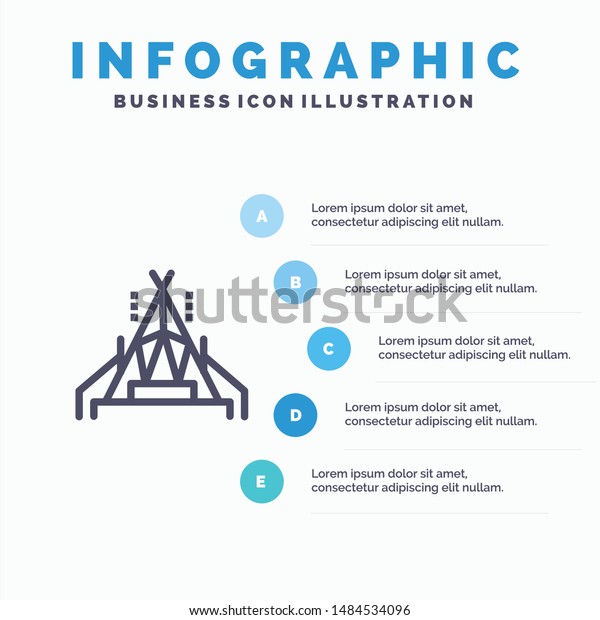The Grasp Hitch is an easy and safe means to establish tent man lines. It's likewise a great strategy for backing out a stubborn outdoor tents secure. It can also be made use of to produce an adjustable tarp individual line where the change is made at the tent/tarp end. It's useful in high winds as it does not slide.
1. Bowline
Bowline is a knot that makes a loophole at one end of a rope. It's very easy to connect and unknot, and it withstands jamming quite well.
It's also a very good knot to use for signing up with 2 lines with each other, although it's normally suggested that you use a different technique (such as a sheet bend or square knot) for this objective, to stay clear of having both separate bowlines use versus each other with time and weaken the line.
One prospective trouble with bowlines is that they can easily jam or bind if the working end is improperly travelled through the bunny opening. A number of vital failures have been reported as a result of this, especially when made use of in climbing up applications. To help avoid this from occurring, you can make a left-handed bowline by passing completion around the standing part of the loophole as opposed to through it, as shown in the animation listed below. This variant supposedly performs much better and stands up to ring stress (a distending pressure used either side of the knot) far better than the standard bowline.
2. Grip Hitch
Utilizing these grasping hitches to protect your guy lines assists you avoid the problem of your line jamming while adjusting or tightening them. They are likewise helpful when connecting a line to an item that is more challenging to get to than your standing end, such as a tree or huge support things.
The Grasp Drawback is a rubbing knot that can be conveniently changed up or down the line while slack however holds firm under tons. It works for tensioning ridgelines or man lines and for camping applications to protect tarps or camping tents.
To connect the Hold Hitch, pass the working end around the standing part twice and tuck it under itself. To tighten up, pull on the functioning end to develop a bight and afterwards make use of the bight to protect the knot to itself. For included safety and security, you can wrap the working end around the standing part three times to increase friction and protect against the drawback from sliding under lots.
3. Midshipman's Drawback
Likewise referred to as the Taut Line Hitch (ABOK # 1856, p 310), Adjustable Drawback, or Rigger's Drawback this knot develops a flexible loop at the canvas tote end of a rope that can be slid up and down the standing end but still holds snugly when tightened up. It is likewise simple to untie while under load.
Ashley recommends this knot for an outdoor tents individual line since unlike the bowline it can be connected while under load and is less susceptible to twisting. It also forms an intermediate Awning Hitch that can take the first lots while connecting the final Half Drawback
To utilize this knot wrap the working end around a things such as a post or cleat. Next pass it back toward the things with the very first Half Drawback producing a second Awning Drawback. Ultimately surface tying the last Fifty percent Hitch and pull hard to gown and tighten up. For additional safety cover a second Midshipman's Hitch on top of the very first.
4. Flexible Grip Drawback.
The Flexible Grip Drawback, also referred to as the Crawley Adjustable Drawback and the Adjustable Loop Knot, is a friction drawback that can be easily moved up or down a line with slack yet holds firm under load. It is frequently made use of for adjusting camping tent ridge lines or tarps around camp.
This slide-and-grip knot offers excellent grip and is simpler to link than the Tautline Hitch or Midshipman's Hitch, yet shouldn't be utilized for essential applications because it might slide when shock filled. It can be improved by including extra starting turns to raise the "hold" and rubbing in unsafe materials.
To connect this friction hitch, pass the functioning end around the object, then wrap it back along with itself and tuck the end under the 2nd turn. Draw the working end to tighten the knot.
